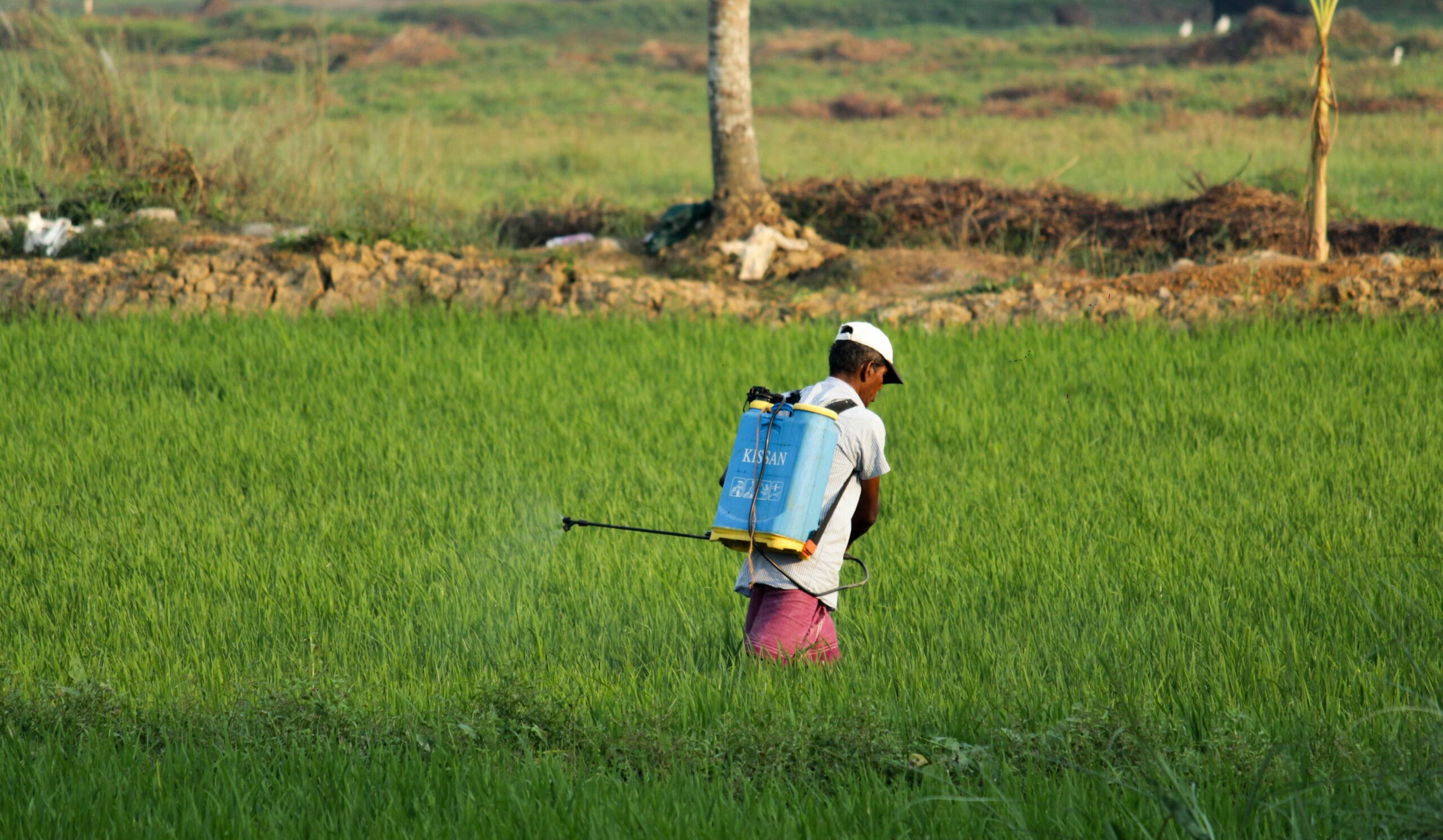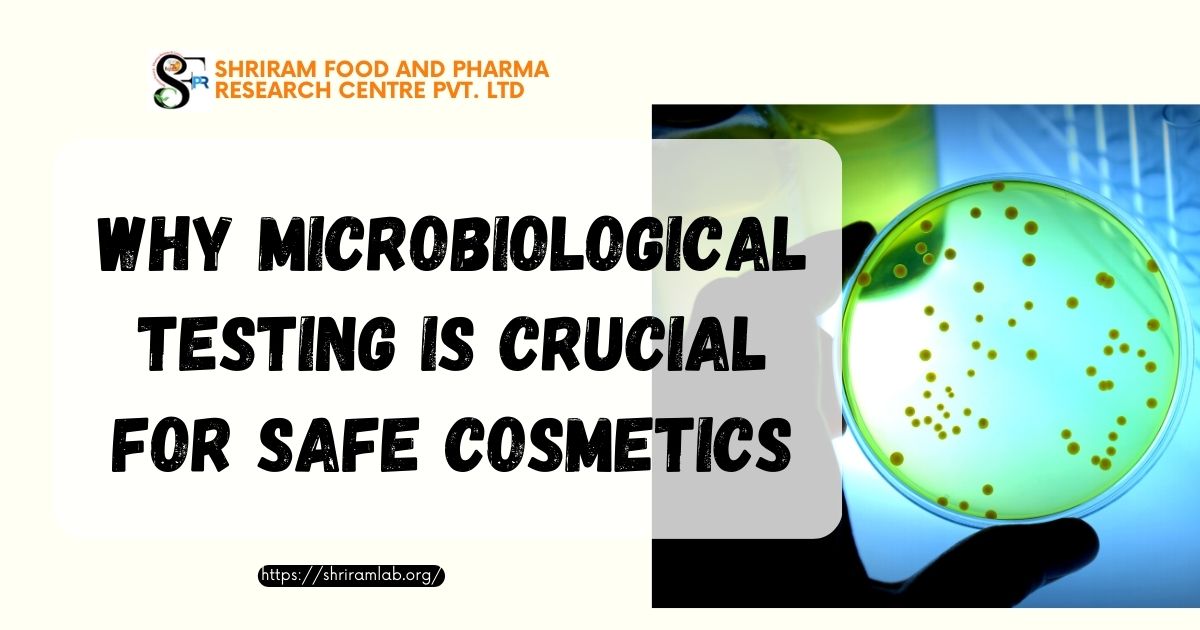Pesticides play a crucial role in protecting our food from pests and ensuring its quality. However, it is important to be aware of the potential risks associated with pesticide residues in our food. In this article, we will explore the use of pesticides, their toxicological effects, and the measures taken to regulate their use.
There are over 1000 different pesticides used worldwide to safeguard crops from pests. Each pesticide has its own unique properties and toxicological effects. Some of the older, off-patent pesticides, such as DDT and lindane, have been found to persist in soil and water for many years. Recognizing their harmful effects, these chemicals have been banned by countries that signed the 2001 Stockholm Convention, an international treaty aimed at eliminating or restricting the production and use of persistent organic pollutants.
The toxicity of a pesticide is determined by its function and various other factors. In general, insecticides tend to be more toxic to humans than herbicides. It is important to note that the same chemical can have different effects at different doses. The level of exposure to a pesticide is a critical factor in determining its potential harm. The route of exposure, whether through ingestion, inhalation, or direct contact with the skin, also influences the toxicity.
It is reassuring to know that none of the pesticides currently authorized for use on food in international trade are genotoxic. This means that they do not damage DNA, which can lead to mutations or cancer. Adverse effects from these pesticides only occur when exposure exceeds a certain safe level. Regulatory bodies set maximum residue limits (MRLs) to ensure that the levels of pesticide residues in food are within safe limits for human consumption.
When individuals come into contact with large quantities of pesticides, such as in cases of occupational exposure or accidental ingestion, acute poisoning can occur. This can lead to immediate health issues. Additionally, long-term exposure to certain pesticides has been associated with adverse effects on reproduction and an increased risk of cancer. However, it is important to note that these effects are typically observed at exposure levels significantly higher than those encountered through normal dietary intake.
To protect consumers, regulatory agencies around the world closely monitor pesticide use and establish strict guidelines for their application. These guidelines include pre-harvest intervals, which determine the minimum time that must elapse between pesticide application and harvest to ensure that residues are at safe levels. Additionally, regular testing and monitoring of food samples are conducted to ensure compliance with MRLs.
Consumers can also take steps to reduce their exposure to pesticide residues. Washing fruits and vegetables thoroughly under running water can help remove surface residues. Peeling certain fruits and vegetables can further reduce exposure, although this may also result in the loss of some beneficial nutrients found in the skin. Choosing organic produce, which is grown without synthetic pesticides, is another option for those seeking to minimize their exposure.
In conclusion, while pesticide residues in food are a concern, it is important to understand that the risks associated with them are generally low. Regulatory measures are in place to ensure that pesticide use is safe and that the levels of residues in food are within acceptable limits. By following good agricultural practices and adopting healthy eating habits, consumers can further reduce their exposure to pesticide residues and enjoy the benefits of a safe and nutritious food supply.
Keywords: pesticide residues, toxicological effects, persistent organic pollutants, maximum residue limits, acute poisoning, regulatory measures, reduced exposure.
Need Pesticide Testing in your food products? Contact us now!





